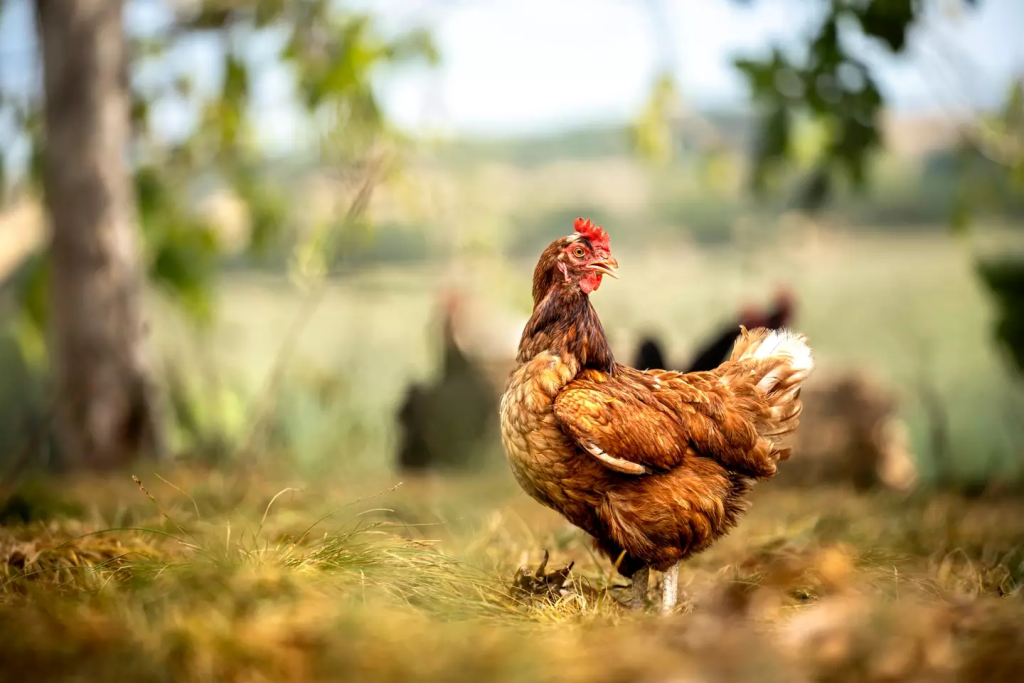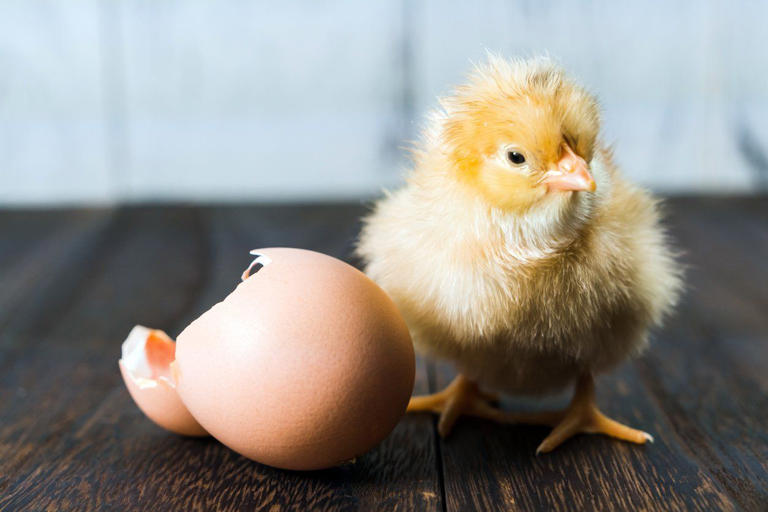The age-old question of whether the chicken or the egg came first has puzzled people for centuries. While it has often served as a playful debate topic, it has also intrigued scientists who sought a definitive answer. Finally, a team of researchers from the University of Bristol, working with colleagues from Nanjing University in China, might have cracked the case. Their groundbreaking theory could end one of humanity’s longest-standing debates.
The Classic Chicken-or-Egg Dilemma

This paradoxical question—did the chicken come first, or did the egg?—has sparked lighthearted conversation for years. Some claim the egg came first, laid by a non-chicken ancestor that evolved into the chicken. Others argue the chicken came first, mysteriously appearing and then laying eggs. So, who’s right?
To investigate this, researchers from the University of Bristol’s School of Earth Sciences and paleontologists from Nanjing University examined both fossilized and living species to understand the evolutionary origins of eggs and live birth.
The Study: Exploring Eggs and Live Birth
Published in Nature Ecology & Evolution, the study analyzed 51 fossil species and 29 living species. It classified the animals into two groups: oviparous (egg-laying) and viviparous (live-bearing). The aim was to trace the evolution of reproduction over millions of years.
The study found that early reptilian ancestors of chickens were viviparous, giving birth to live offspring rather than laying eggs. This challenges the traditional belief that eggs came first in evolution’s timeline.
The Evolution of Reproduction: From Live Birth to Eggs
The study suggests that live birth was a safer reproductive method for early animals. Extended embryo retention—keeping the young inside the mother’s body longer—provided protection in hazardous environments. This indicates live birth was an effective strategy before egg-laying evolved, making it safer in ancient ecosystems.
Professor Michael Benton from the University of Bristol explained: “Before amniotes, the first tetrapods to evolve limbs from fishy fins were broadly amphibious in habits. They had to live in or near water to feed and breed, like modern amphibians such as frogs and salamanders.” According to Benton, adaptations like waterproof skin allowed early reptiles to move away from aquatic environments.
The amniotic egg, with its protective shell, was a crucial innovation that allowed animals to reproduce on land. However, the research suggests these eggs evolved after live birth was established, meaning the chicken’s reptilian ancestors likely birthed live young before laying eggs.
Cracking the Textbook Model: The Reptile Egg Redefined

For years, textbooks portrayed reptiles primarily as egg-layers. However, this new study challenges that view. According to Professor Baoyu Jiang, the project leader, “Biologists had noticed that many lizards and snakes display flexible reproductive strategies across oviparity and viviparity.”
Jiang’s research showed that live-bearing lizards could transition back to laying eggs more easily than previously thought. This flexibility in reproduction suggests the evolutionary path from live birth to egg-laying might not have been linear.
Egg Laying as an Evolutionary Innovation
While the study points to live birth as the original reproductive method for chickens’ ancestors, it also acknowledges the significance of egg-laying. The evolution of the hard-shelled egg allowed reptiles to lay eggs in various environments and provided an advantage by protecting embryos from harsh conditions.
These hard-shelled eggs enabled reptiles—and eventually birds like chickens—to reproduce in diverse habitats, freeing them from the need to stay near water. The development of the amniotic egg allowed species to expand into new ecosystems, marking a pivotal evolutionary moment.
What the Research Suggests: The Chicken Came First

After years of debate, the findings suggest that the chicken, or at least its reptilian ancestors, came before the egg. These ancestors likely gave birth to live young before they began laying eggs. However, it’s vital to note that the amniotic egg was still a crucial evolutionary development, enabling adaptation to terrestrial life.
Professor Benton summarized: “Our work, and that of many others in recent years, has consigned the classic ‘reptile egg’ model of the textbooks to the wastebasket.” This research opens new understandings of evolutionary biology and may finally put to rest one of the world’s most famous riddles.
Implications of the Discovery

While this discovery may not change our daily lives, it offers fascinating insights into the evolution of species. Scientifically, it provides an opportunity to reassess longstanding assumptions about the origins of modern animals, including birds like chickens.
The new theory highlights that evolution isn’t always a straight line but a series of adaptations for survival. The transition from live birth to egg-laying may have occurred multiple times, showcasing millions of years of evolutionary experimentation.
The Chicken or the Egg: A New Theory Hatched
The question of whether the chicken or the egg came first has finally been answered—sort of. The chicken’s ancestors likely gave birth to live young before eggs became part of their reproduction. However, the amniotic egg remains a significant evolutionary innovation, enabling animals to diversify and colonize new environments.
So, what do you think? Is this the definitive answer we’ve been waiting for? While the debate may be cracked—if not entirely settled—this research certainly brings us closer to understanding the incredible complexities of life on Earth.